This Neptune-like world orbits a Sun-like star in a binary system, where conditions are right for liquid water to remain on its surface.

Artist's illustration of the exoplanet TOI 4633 c and its binary star system. Credit: Ed Bell for the Simons Foundation
A team of professional and citizen scientists has found a Neptune-like exoplanet orbiting one of two Sun-like stars in a binary system. The planet, named TOI 4633 c (and nicknamed Percival), was identified using data from NASA's Transiting Exoplanet Survey Satellite (TESS).
The exoplanet was seen as it passed in front of its host star, TOI 4633 A, temporarily dimming its light like a solar eclipse. The discovery, published in The Astrophysical Magazinecould help astrophysicists understand how planets form around and orbit multistar systems, opening the door to even more places where we can look for exoplanets.
“Finding planets in multistellar systems is crucial to our understanding of how different planets can be created from the same material,” said the study's first author, Nora Eisner, a researcher at the Flatiron Institute's Center for Computational Astrophysics, in a Press release.
Citizen science
Anyone with Internet access can easily participate in the program online. TESS Planet Hunters Programwhich is part of the greater Zooniverse platform. Often in science, people are better than computers at detecting certain patterns. In the case of exoplanets, this is true when it comes to exoplanets with long orbits: human volunteers are more likely to point them out than an algorithm that finds such signals harder to identify.
Around 43,000 citizen scientists Around the world they have helped researchers catalog 25 million different objects as part of the project, including TOI 4633 c. Fifteen volunteers noticed the new exoplanet in the data they were examining. So Eisner and his team decided to take a closer look. They identified small wobbles in the host star, a sign that another object is orbiting near the star. To confirm whether this was the case, the team examined archival data spanning almost 120 years and discovered that the object causing the oscillations was another star, now called TOI 4633 B. It orbits TOI 4633 A every 230 years.
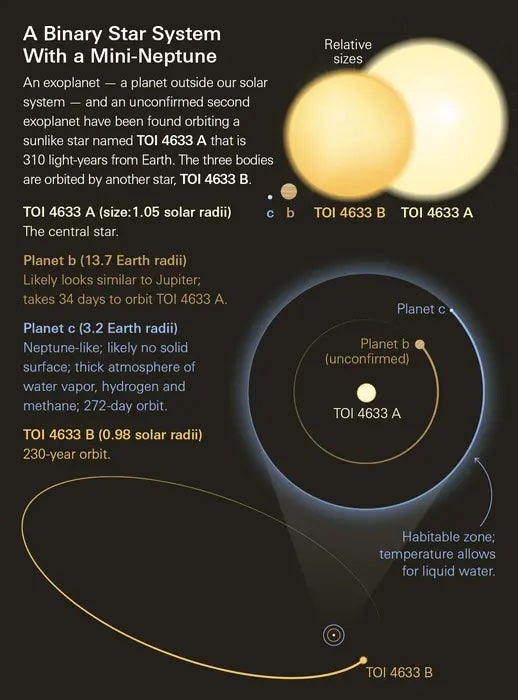
The newly discovered exoplanet takes about 272 days to complete one revolution around TOI 4633 A. It is located in the star's habitable zone, the region around a star where temperatures allow a planet to host liquid water on its surface. This makes TOI 4633 A the brightest star yet known to support a planet in its habitable zone. However, you couldn't walk on the exoplanet because it doesn't have a solid surface. But if, say, TOI 4633 c had a rocky moon, that world could support life on its solid surface, the researchers said.
New planetary systems
A 2017 study published in Nature Communications He discovered that Earth-like planets in binary systems could be habitable if they orbited at the right distance. The research was based on models of the Kepler-35 system, where two stars host a Saturn-like planet.
Stars form when cold interstellar gas and dust build up and collapse; Planets form from the remains of this process. In many cases, there is enough gas and dust to form two or more stars at once, meaning astronomers expect that exoplanets with two suns will not be uncommon.
“If we could constrain the orbit of planets, it would really offer a springboard to expand our understanding of exoplanet formation,” Eisner said. “It might also help us one day be able to look at a star and its properties and make some guesses about what planets potentially orbit in that system.”







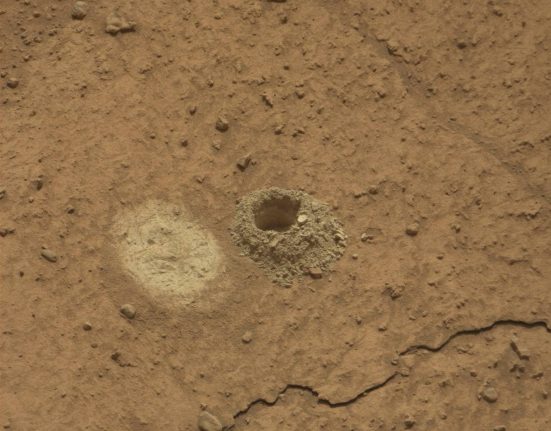
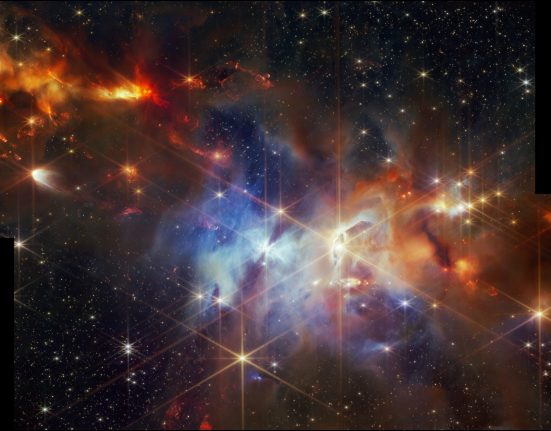
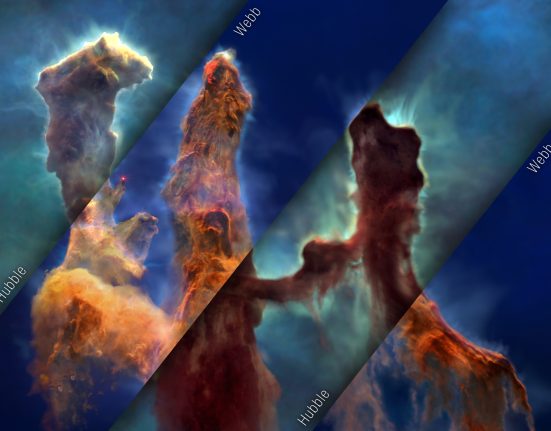

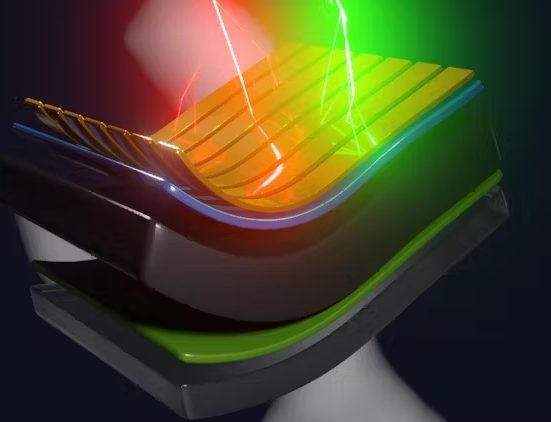

Leave feedback about this